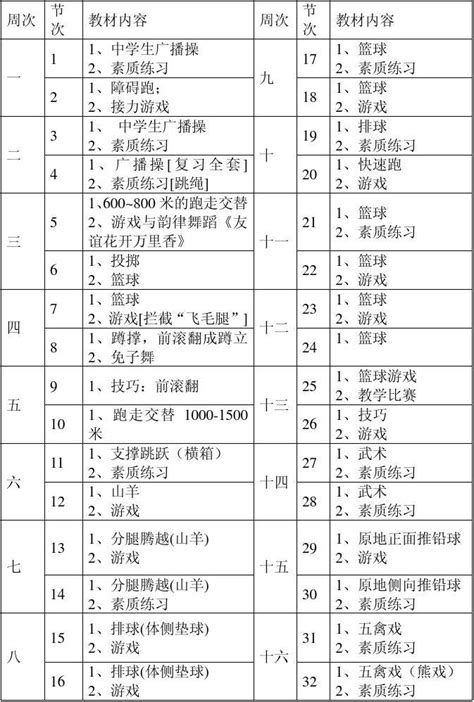In crafting a sports curriculum for secondgrade students, it's crucial to consider their developmental stage, physical abilities, and interests. The objective is to create a program that fosters not only physical skills but also social interaction, teamwork, and a lifelong love for sports. This curriculum aims to provide a structured framework for physical education teachers or coaches to engage second graders in various sports activities effectively.
Second graders typically range in age from 7 to 8 years old. At this stage, they are refining their gross motor skills, gaining coordination, and developing a basic understanding of rules and teamwork. Their attention spans are increasing, allowing for more structured activities, but they still thrive on games and activities that are fun and engaging.
Engage in dynamic stretching exercises and fun warmup games to prepare their bodies for physical activity.
Rotate through stations focusing on fundamental skills of various sports such as throwing, catching, kicking, and dribbling.
Break down skills into simple, achievable tasks and provide ample practice time.
Divide students into small teams to play modified versions of popular sports like soccer, basketball, and tag games.
Emphasize teamwork, fair play, and following rules while keeping the atmosphere fun and supportive.
Lead students through calming stretches and reflection exercises to gradually lower heart rates and prevent injury.
Encourage students to share their favorite part of the class or something new they learned.
Jogging in place
High knees
Arm circles
Toe touches
Station 1: Dribbling: Practice dribbling the ball using both feet around cones.
Station 2: Passing: Pair up students to practice passing the ball back and forth.
Station 3: Shooting: Take turns shooting at small goals or targets.
Divide students into teams of 45.
Play a smallsided scrimmage, focusing on dribbling, passing, and shooting.
Emphasize teamwork and sportsmanship.

Stretching: Quad stretch, hamstring stretch, calf stretch.
Reflection: Ask students what they enjoyed most about playing soccer today.
Soccer balls
Cones
Small goals or targets
Pinnies or jerseys for team identification
First aid kit
Ensure proper supervision at all times.
Emphasize the importance of respecting personal space and avoiding rough play.
Demonstrate and reinforce proper techniques to prevent injuries.
Provide a safe playing area free of hazards.
Designing a sports curriculum for secondgrade students requires a balance of structured skill development and playful engagement. By incorporating ageappropriate activities, fostering teamwork, and prioritizing safety, educators can instill a lifelong passion for sports and physical activity in young learners.